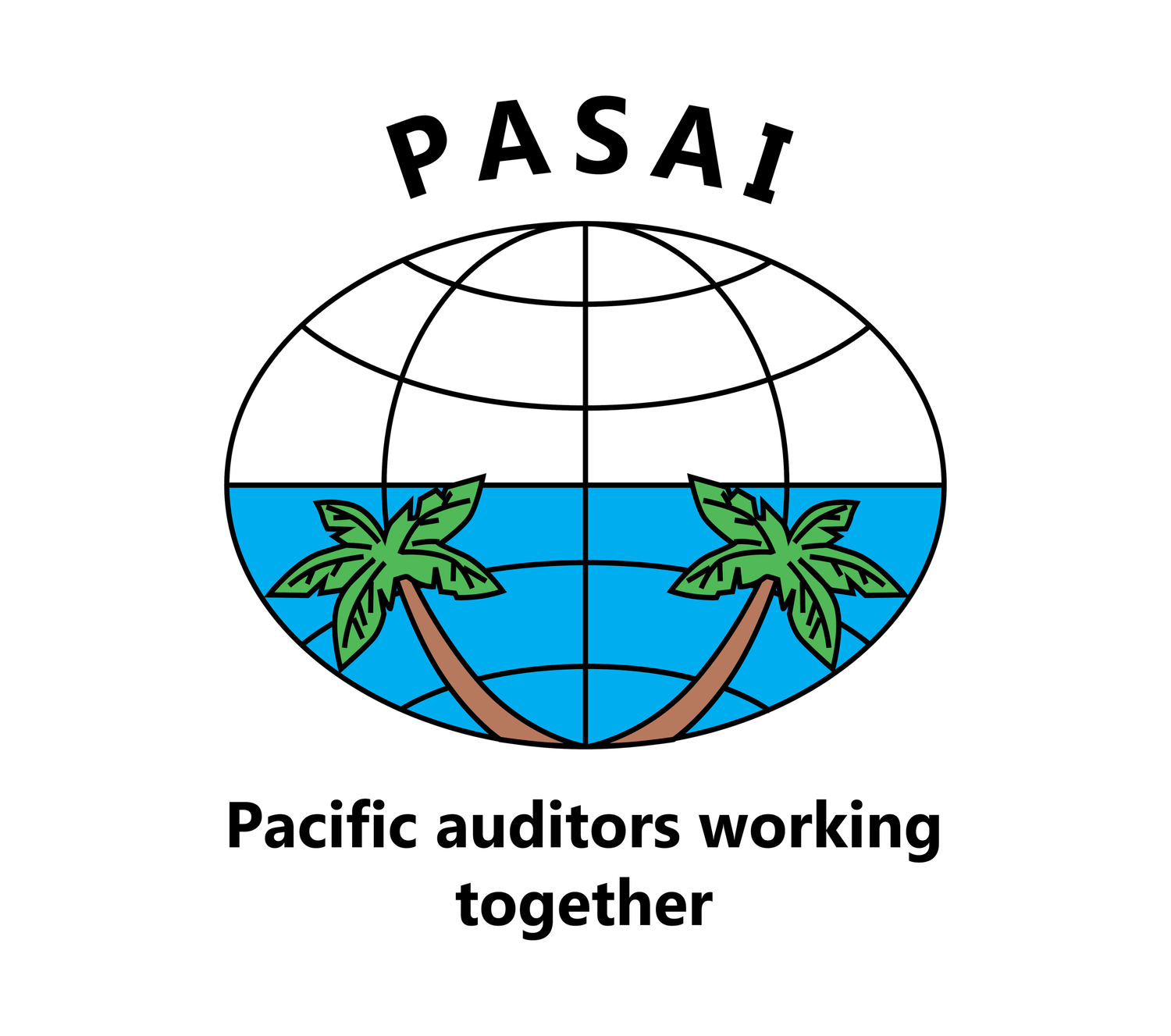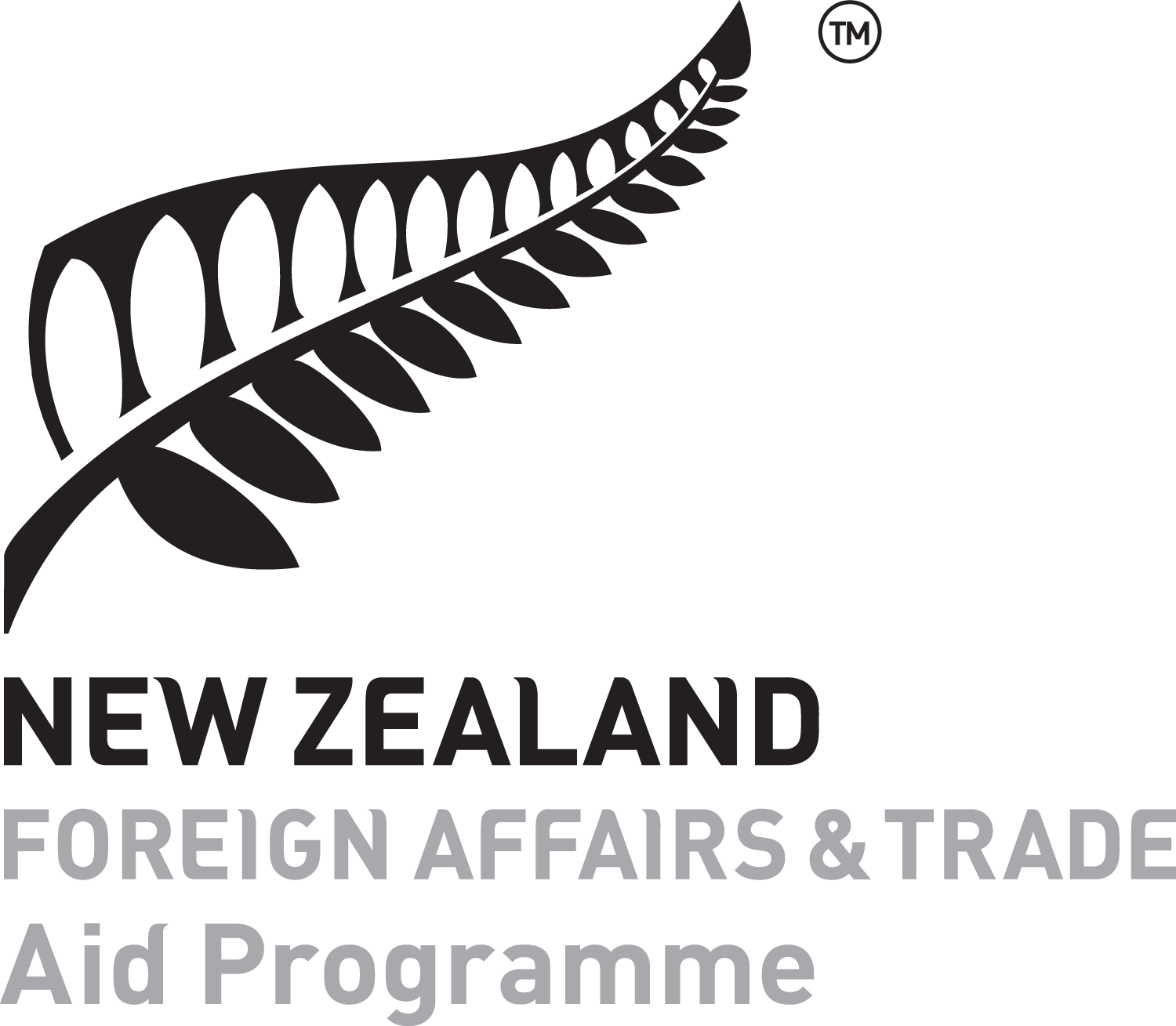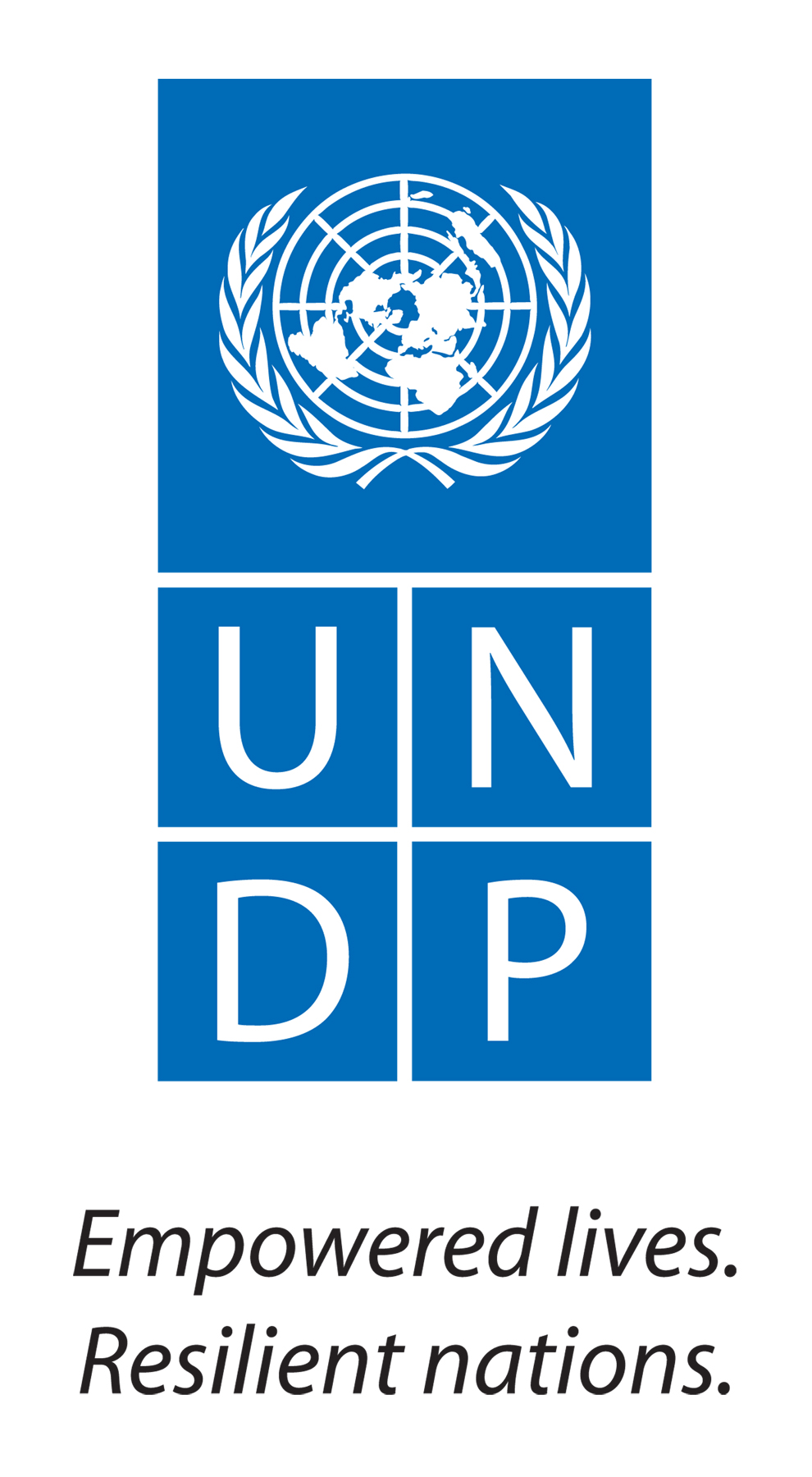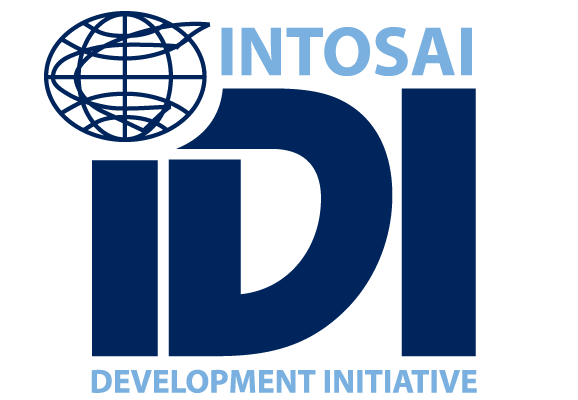By Sarnesh Deo, Director Monitoring, Evaluation and Reporting, PASAI
In today’s dynamic development landscape, Monitoring, Evaluation and Learning (MEL) isn’t just a compliance mechanism – it’s a strategic driver of change. In the Pacific region, where organisations face unique contextual, geographical and political challenges, a robust MEL system offers more than performance measurement. It unlocks the potential to learn, adapt and lead.
Figure 1 shows that the MEL cycle is a continuous process of planning, monitoring, evaluating and learning that enables us to track progress, assess effectiveness and apply insights to improve future programming. It ensures that data and evidence are systematically used to guide decisions, adapt strategies, and maximise impact across all areas of our work.
Figure 1: The MEL Cycle [1]
Why MEL matters more than ever
Pacific institutions, including SAIs and regional development partners, operate in complex environments where every resource counts. MEL helps organisations move beyond activity tracking toward meaningful impact by asking the right questions: Are we doing the right things? Are we doing them well? And are we learning fast enough to improve?
When MEL is embedded as a strategic function, it becomes a tool for continual learning and adaptive management – transforming data into decisions and evidence into insight.
Figure 2: Double-loop learning [2]
The shift from accountability to learning
Figure 3: Working toward project/activity improvement (Source: Terry Smutylo & Daniel Morales-Gomez from [3])
Traditionally, MEL has been perceived as a donor-driven accountability function. But that view is changing. Forward-thinking institutions are now using MEL frameworks to improve programming/performance, refine strategies and build a culture of learning.
This shift includes:
designing theories of change that reflect local realities
building feedback loops that capture real-time insights
using evaluation findings to inform planning cycles and leadership decision-making.
Our MEL in action
At PASAI, MEL is far more than a reporting obligation – it is central to how we think, adapt and improve. Rather than simply counting activities, we focus on gathering meaningful evidence of progress, identifying what is working (and what is not) and translating those insights into action. Every workshop, twinning partnership and technical assistance engagement is mapped to our strategic priorities (SPs1–3), ensuring each effort contributes to our long-term vision of strengthened public audit across the Pacific.
A robust MEL framework gives us the tools to do this systematically. It links our strategies to measurable results and embeds feedback loops, indicator-based tracking and outcome mapping throughout our operations. This enables us to shift from compliance to strategic learning – helping us better understand the drivers of change, improve accountability and adjust in real-time to emerging needs.
MEL also strengthens our ability to communicate our impact. Through targeted evaluations, outcome-focused reporting and lessons from pilot initiatives, we can demonstrate value for money, justify investment and inform smarter programming. With this foundation, we are not just capturing what we do, we are clarifying why it matters.
Ultimately, MEL is the backbone of how we ensure our work is not only delivered, but also understood, valued and continually improved. This applies to every SAI we support and every stakeholder we engage.
What’s next: Embedding a learning culture
If MEL is to deliver its full potential, we must go beyond tools and templates. We need a mindset shift from compliance to curiosity.
Embedding a learning culture means treating every monitoring report, evaluation finding or partner reflection as a chance to grow – not just as a reporting requirement. By deepening our internal capacity to reflect, question and adapt, we ensure that MEL becomes a driver of innovation across our operations, not just a retrospective exercise.
As the Pacific continues to navigate emerging challenges, from climate resilience to public financial accountability, strategic MEL will be essential. It’s time to embrace it not just as a reporting requirement, but as a catalyst for smarter, faster and more inclusive development.
References
[1] Scotland’s International Development Alliance. (4 June 2023). Monitoring, Evaluation and Learning (MEL) Guide
[2] The Nature Conservancy. (n.d.). Module 6: Monitoring, Evaluation & Adaptation
[3] University of Oxford. (n.d.). Monitoring, evaluation and learning about policy engagement: Approaches, questions and guidance
Australian Department of Foreign Affairs and Trade (DFAT). (2023). Design, Monitoring, Evaluation and Learning Standards











